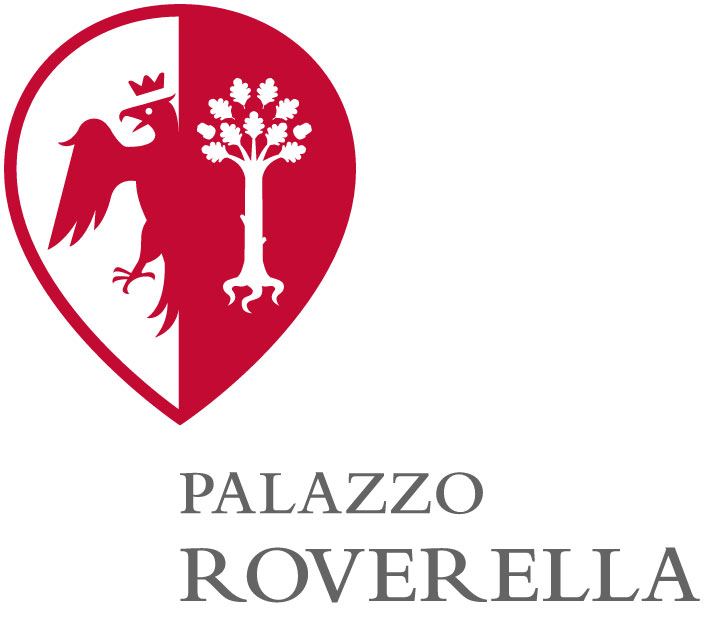
Palazzo Roverella in Rovigo
To testify to the prestige achieved by his family, in 1474 Cardinal Bartolomeo Roverella decided to build a majestic palace in Piazza Maggiore in Rovigo. The sudden death of the cardinal, three years later, causes the work to be interrupted and condemns the building (whose architect is unknown) to a destiny of abandonment and decay that lasted until the restoration of the façade, at the end of the second world war. Crossed by three orders of openings, placed on sturdy marble columns, the building is highly harmonious, thanks also to the chromatic play created by the red of the brick and the white of marbles. Starting from 2000, thanks to the support of the Municipality of Rovigo and Fondazione CaRiPaRo, the building was definitively renovated to permanently house the Pinacoteca dell’Accademia dei Concordi and the Bishop’s Seminary of Rovigo. From year to year, many exhibitions follow each other in its splendid rooms.
Plan your visit
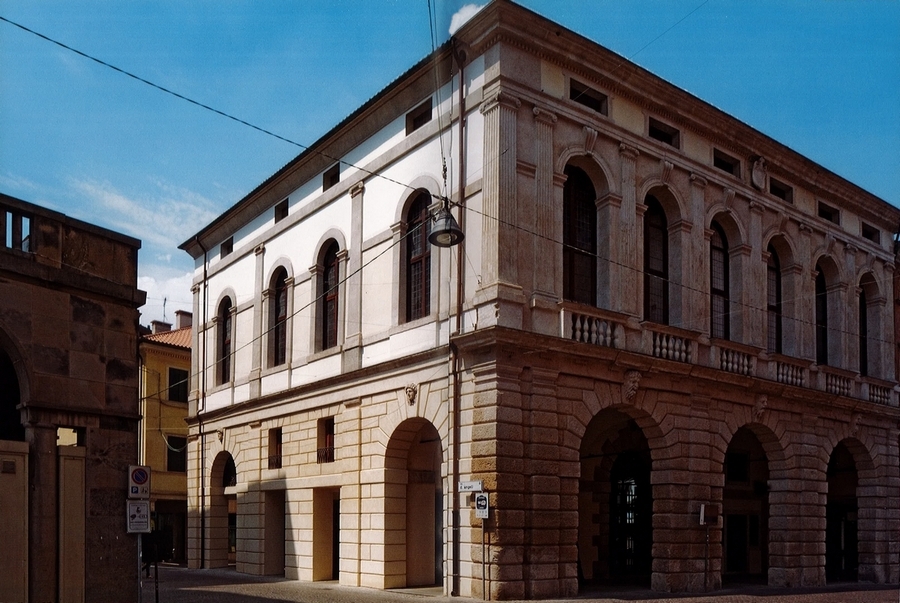
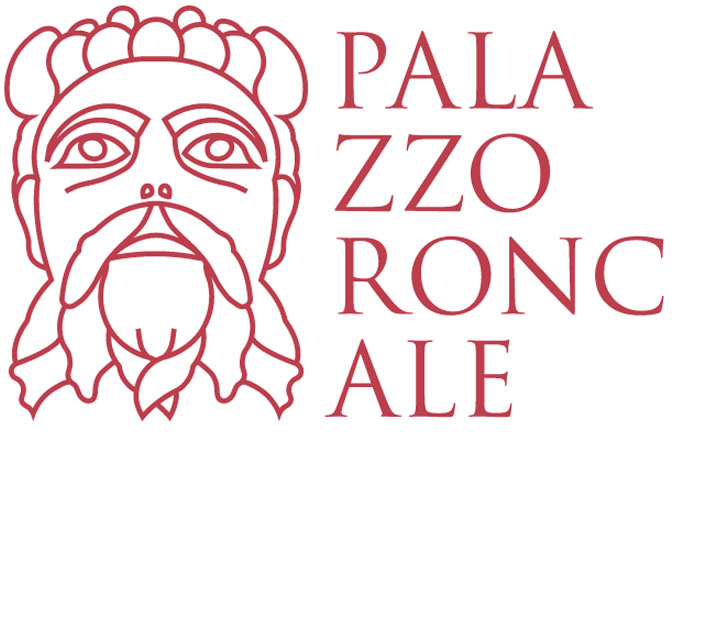
Palazzo Roncale in Rovigo
Located in front of Palazzo Roverella, Palazzo Roncale was also built as a manifesto of the social prestige achieved by the wealthy merchant Giovanni Roncale and his family, originally from Bergamo valleys and moved to Polesine around 1475. Thanks to him, a humble and talented man, in just seventy years the Roncalle family got so rich that they became part of the city council. The building that bears their name was built between 1550 and 1562: probably it was designed by Michele Sanmicheli, but also in this case, as for Palazzo Roverella, there is no certainty about the attribution. One of the most elegant buildings in the city, over time it became its symbol and today. It is now owned by Fondazione Cassa di Risparmio di Padova and Rovigo.
visit the website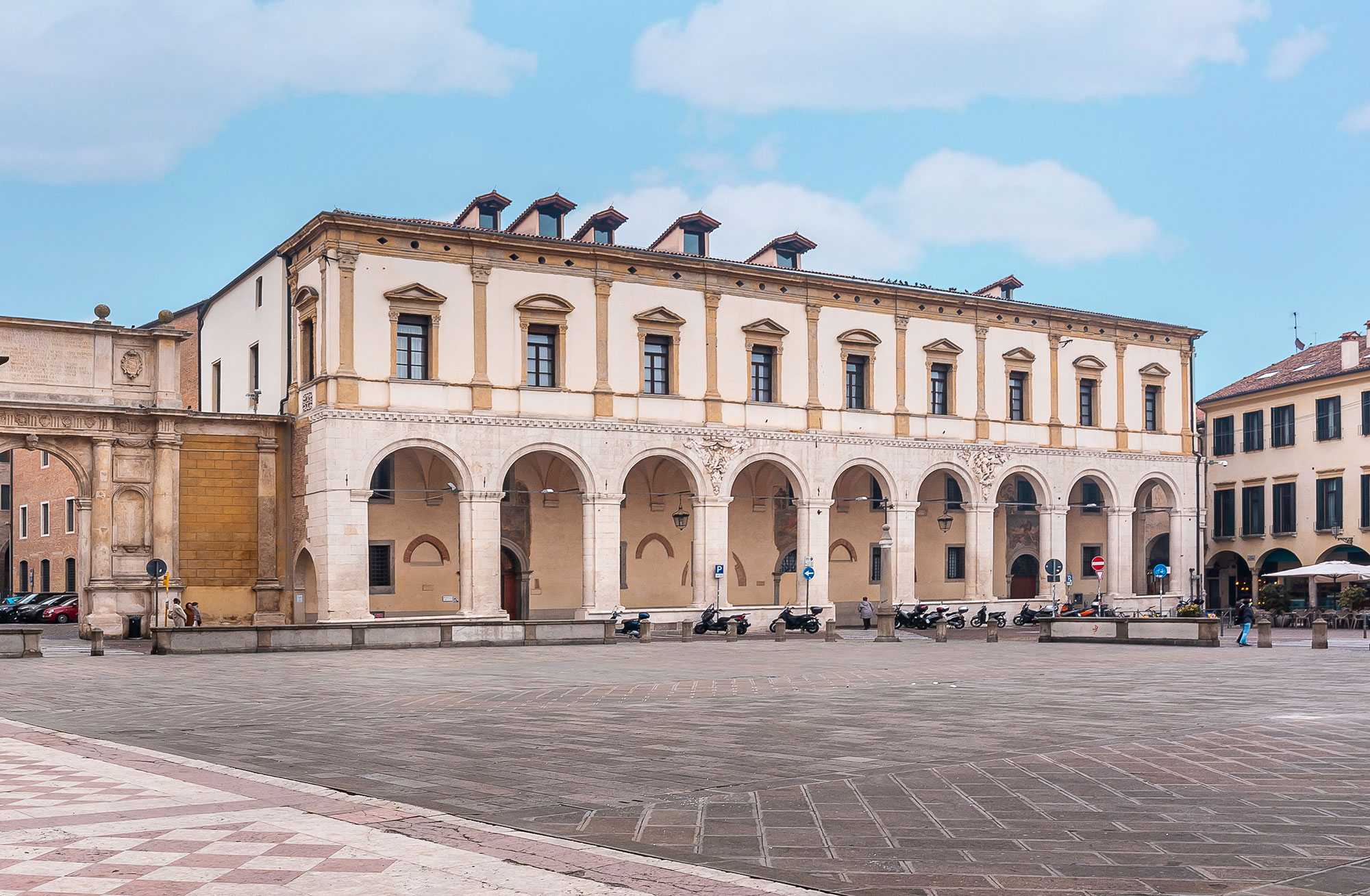
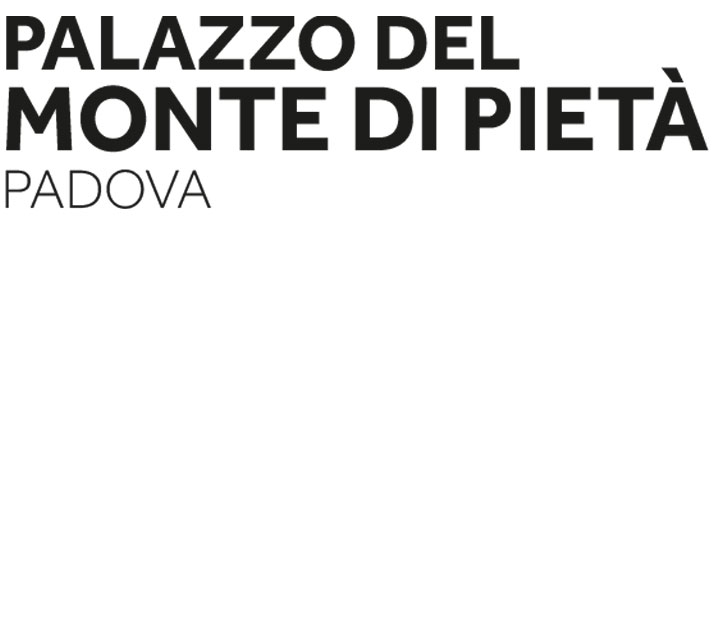
Palazzo del Monte di Pietà in Padua
Solemnly inaugurated on 31 July 1491 in Padua, the Monte di Pietà credit institution was born thanks to the preaching of the Franciscan friar Bernardino da Feltre, supported by the bishop and local authorities, with the aim of helping the poor in the city community. Housed in various locations, it settled in the current one in 1530, when doge Andrea Gritti authorized the sale of some buildings in the central Piazza Duomo, and started expensive building works. The monumental nine-arched façade is probably the work by architect Giovanni Maria Falconetto and is a wonderful example of Renaissance architecture, inspired by the refined visions of Raphael and Bramante. Among the many prestigious decorations, the frescoes by Gaspare Giona and the statue by Giovan Battista Albanese stand out, all works depicting the blessed Bernardino da Feltre. In 1822, the building was purchased by Cassa di Risparmio di Padova e Rovigo and, in 1861, it was further expanded to take on the shapes and proportions that can be admired today.
visit the website


 Italiano
Italiano